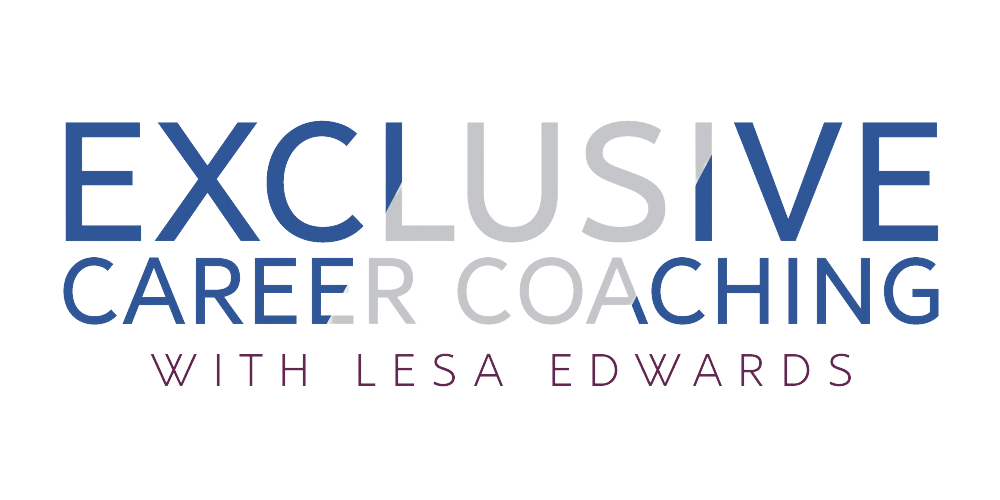
Podcast
Looking for a new job or want to move up in your company? Lesa teaches you the tools and strategies you need to land your dream job, increase your promotability, and successfully navigate your career.
268: Leading Through a Reduction in Force (RIF)
Today, we’re talking about leading through a Reduction in Force, or RIF. This episode isn’t just for people who have managerial duties, but also people who lead by influence.
A RIF period at a company is trying for everyone but it also provides a great opportunity to demonstrate leadership and empathy.
267: Transitioning from Managing Yourself to Managing Others
Transitioning from managing yourself to managing others — is this the route for you?
For those becoming first-time managers, there is a learning curve, with the biggest change being a shift to begin thinking about others. Let’s talk about the differences when moving from an individual contributor to a manager, issues that can arise and what to do to help, and how to set yourself up for success.
266: Self Confidence: Being on Your Side vs. Being on Your Case
One of my all-time favorite leadership books – certainly the one with the most sticky tabs in it – is Reldan Nadler’s Leading with Emotional Intelligence. I’ve used this resource for other episodes of the podcast, and today I want to talk about tools for building your self-confidence — specifically, Being on Your Side rather than Being on Your Case. Or, as I like to call it, having your own back. While we’re specifically talking about your relationship with yourself in this episode, understand the consequences of that relationship to all the other relationships in your life. If you lead people, you will likely treat them as you treat yourself.
265: Changing Behaviors in Yourself and Your Team
I have been re-reading the book Quiet Leadership: Six Steps to Transforming Performance at Work, by David Rock. One of his concepts jumped out at me, and I wanted to share it with you. Brain science tells us that, when we focus on a behavior we wish to change, we are actually cementing the neural pathway that was created when we began repeating that behavior in the first place. Once a neural pathway is created in our brain, it will always be there. The challenge is not to remove that pathway – we can’t – but rather create a new neural pathway through our thinking and beliefs. Today, we’ll walk through some examples and discuss how we can do this to improve our professional persona.
Let’s work together
